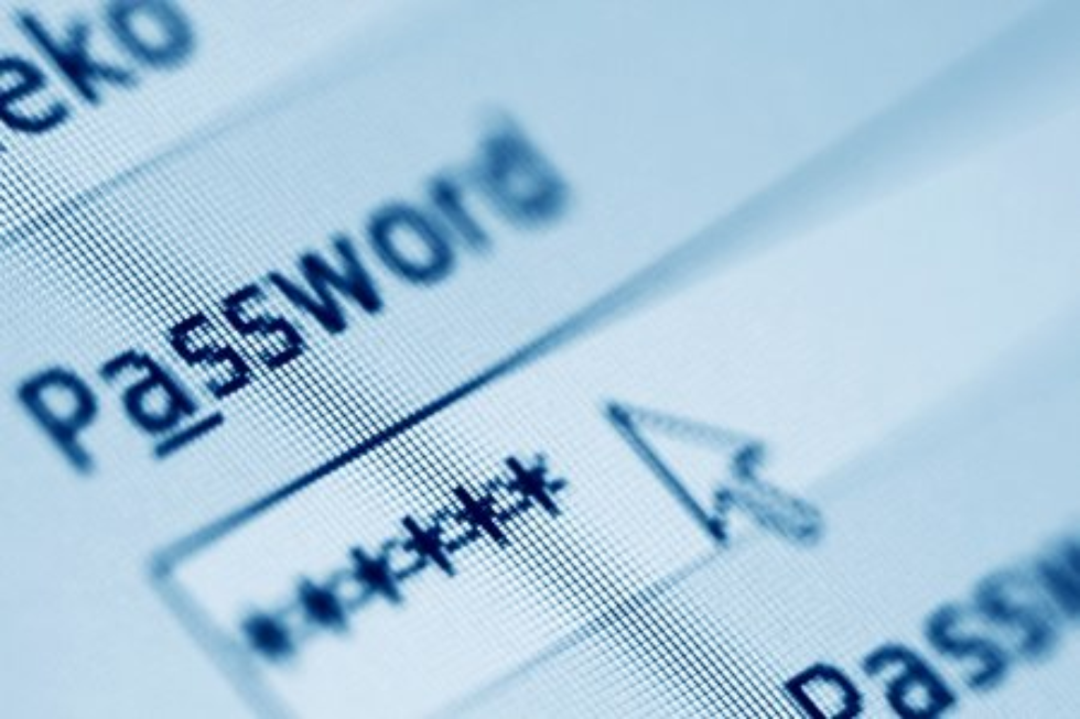Owning a smart home is easy, keeping a smart home secure is a little more difficult. Therefore, we give you a series of general tips by which you can keep your future home safe now.
The more devices there are in the home, the greater the likelihood of problems. We don’t just mean things that can break, we also look at things like privacy and online security. For example, a voice assistant always listens and sometimes stores data. A security camera takes images of your surroundings, which makes you feel safe, but where do these images go?
Therefore, carefully consider which products you want to use and how much risk they pose to your online privacy and security. Find out what happened to your data and check for frequent hacks or data breaches. You can’t be too careful.
In line with this tip, we also want to let you know that you need to keep your home network secure. Give your WiFi network a unique password, use the latest security protocols, and always download the latest updates for your router. You don’t need to hide your network name (SSID) per se: it just gives you a headache without gaining much.
Speaking of updates: of course, always keep the firmware of your smart products up to date. This doesn’t happen very often, but there have been stories of smart bulbs accidentally gaining access to someone’s personal network. You just want to avoid such things.

Keeping the smart home safe
Since you probably create different accounts for all kinds of smart home products, it’s a good idea to create a unique password for each account. You can maintain this on your own, but you can also leave the job to the password managers. Such administrators automatically log you in because you store your account details there.
They can also help you create a unique and strong password that cannot be easily cracked. And after that you only need to remember one password: the password of the password manager. This saves a lot of hassle and hopefully – in the long run – a lot of stress. Also, use two-step verification so that people don’t even sneak in with your data.
a separate network
If you don’t fully trust everything, you may want to consider creating a second network for your smart home products. Once a malicious person enters a network anyway, they cannot immediately access all the devices in the home.
Some routers support the creation of a guest network: enable this network for your smart home devices so they have a little more protection against outside attacks. How exactly you do this depends of course on the router you are using. See these options in the manual or contact the provider’s customer service.
Source: Computer Totaal













